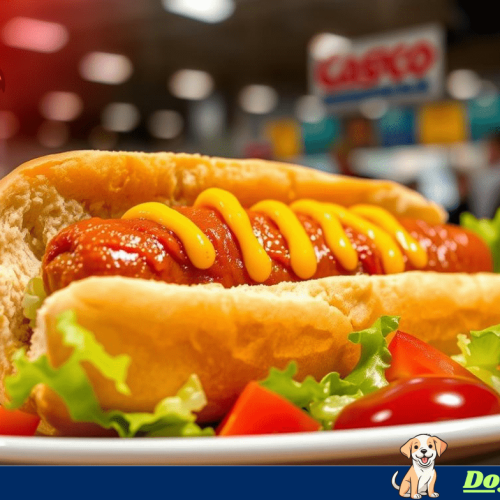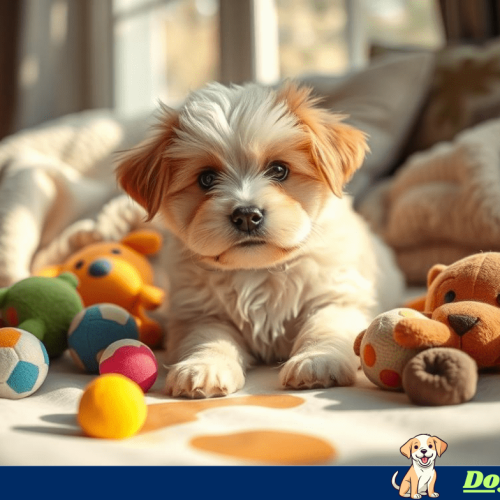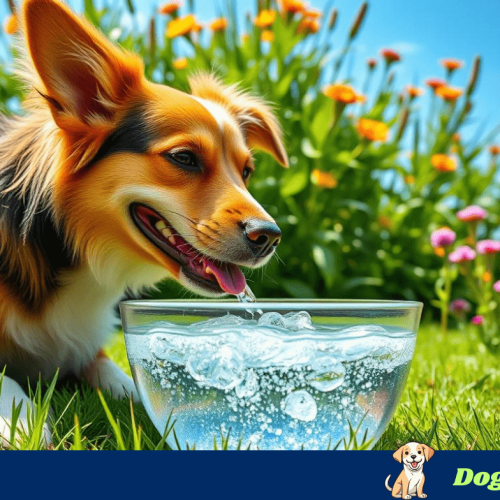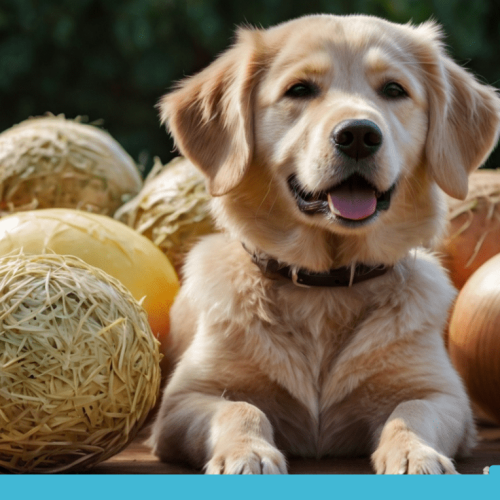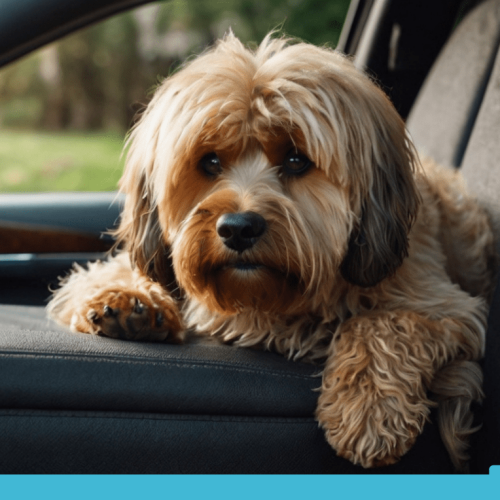Table of Contents
ToggleDog Breeder: Expertise in Rare and Majestic Canines
The Native American Indian Dog Breeder has breeders whose goals are to preserve the lineage and quality of this endangered species. This breed of dog is very hypoallergenic and was used by Native Americans more than 1000 years ago because it can perform many different tasks.
This is one of the most critical aspects, and this decision will determine if your new best friend stays healthy and mentally stable for life.
Prominent breeders, like Corn Moon Kennels, not only market a dog’s cultural and historical value but also ensure that these animals find good homes by offering them at reasonable prices.
Other reputable breeder websites, such as Song Dog Reborn, share this commitment, each with their unique approach to raising and socializing their puppies. This diversity in greet is a testament-to their shared goal of ensuring the best for their breed.
This way, you are already informed of the kind of Native American Indian dogs, which helps to prepare-you for their handling. Responsible breeders want to ensure you receive a healthy puppy and offer guidance in getting your new dog into its new home.
Key Takeaways
- Native American Indian Dogs are hypoallergenic and versatile.
- Selecting a reputable breeder is essential for a healthy, well-adjusted dog.
- Proper preparation and training are vital to integrating the dog into your home.
Breed Overview

The Native American Indian Dog is a modern breed designed to resemble the dogs once kept by Native American tribes. These dogs are known for their unique appearance, large size, and versatile nature.
History and Origins
The main goal when Native American Indian Dog breeders designed this species was to build a prototype that would closely match the physical traits of ancient dogs in historical records, photographs, and paintings. According to some older sources, they are farther away historically.
Still, the modern breed is believed to be nearest in appearance to all other contemporary breeds, which led them to continue with this information.
For centuries, these dogshave played crucial roles in the lives-of local tribes, serving as hunting-partners and protectors. These roles are not just historical footnotes, but they form the very essence of the breed’s heritage. It is this heritage-that dedicated-breeders strive to preserve, ensuring that these values are not lost to time.
Characteristics and Temperament
One of the goals for Pekineses breeders when creating this species was to create a model that would be reminiscent (as close as possible) of ancient dogs in written records, photos, and paintings. Some older sources also have them historically farther away from it.
Even though the modern strain is held to represent all other extant breeds most closely in appearance, it was decided that no such information would be considered.
These dogs have been an imperative part of the existence and livelihoods of local tribes as hunting companions and protectors for centuries. But they are at the very heart of what makes some Australian cattle dogs. It is this lineage that dedicated breeders are trying to pass along and protect from temporal extinction.
Choosing a Breeder
Selecting a Native American Indian Dog breeder involves evaluating health testing and certification practices as well as the breeder’s ethical standards.
Health Testing and Certification
Make sure that the breeder is health-testing their dogs correctly. Some of the credentials to look for are with respected agencies like the Orthopedic Base for Animals (OFA) and, likewise, often the Canine Eye Subscription Facilitated Comments, CERF.
They are a list of certifications that the breeder has investigated and made sure both parents have been cleared through OFA (Orthopedic Foundation For Animals) for genetic issues such as hip dysplasia and eye disorders.
Underline the breeder´s responsibility to provide health records. A responsible breeder will readily share the health checks of the puppy’s mother and grandparents. This transparency-ensures that your future pet is less likely to have inherited diseases.
Breeder Ethics and Standards
Selective ethical breeders: Their breeding practices should be clear and ensure canine health. Try to find breeders who employ a holistic approach towards their dogs, addressing both the physical and emotional side of things.
If possible, visit the breeder at home to see where and how dogs live! Ethical breeders have clean, spacious environments with loving care. They should be well versed in the breeds- that make up these dogs, which will help to ensure a good match for potential owners.
When choosing a breeder, look for those who are accredited through established associations such as the International Indian Dog Owners and Breeders Association.
This accreditation is a testament to their dedication to upholding breed standards-and practicing responsible breeding techniques. For more information, you can visit-reputable breeders like Corn-Moon Kennels-and Night Eyes NAIDs, where you can be assured-of the highest-standards of breeding.
Preparing for Your Native American Indian Dog

Getting ready to welcome a Native American Indian Dog into your home requires careful preparation. You need to ensure a safe and comfortable environment with the right supplies and safety measures in place.
Puppy Proofing Home
Puppy-proofing your home involves removing items that could be harmful to your new pet. Secure loose wires and cables to prevent chewing. Place dangerous substances such as cleaning supplies and medications out of reach. Block off areas that could pose a risk, like staircases or rooms with breakable items.
Consider investing in baby gates to limit access to certain areas. Remove small objects that could be swallowed by the puppy. House plants should be checked for toxicity, as many common plants can be harmful to dogs. Ensure that sharp objects are stored away and any furniture that could be toppled over by an enthusiastic puppy is stabilized.
Essential Supplies
To make your Native American Indian Dog feel at home, you will need several essential supplies. Bedding is crucial for comfort; choose a durable dog bed that suits the size of your growing pet. Feeding bowls made of stainless steel are preferred due to their power and ease of cleaning. Stock up on nutritious dog food, keeping in mind that this breed requires a balanced diet with adequate protein and fat content.
A collar and leash set is necessary for training and walks. Consider a training clicker to aid in obedience training. Toys are essential both for mental stimulation and to prevent boredom, especially those that cannot be easily destroyed. Remember grooming supplies like brushes and pet-safe shampoos to maintain their coat. Finally, a microchip tag and a safe place to store all health records are essential for their safety and well-being. For instance, Corn Moon Kennels provides many of these essentials for each puppy.
Care and Training

Proper care and training of a Native American Indian Dog encompass balanced nutrition, consistent exercise, and thorough socialization. These aspects ensure that your dog remains healthy, active, and well-adjusted throughout its life.
Nutrition and Diet
Feeding your Native American Indian Dog a balanced diet is crucial. These dogs benefit from a diet rich in high-quality proteins, healthy fats, and crucial vitamins and minerals. Protein sources like chicken, turkey, and fish help maintain muscle mass.
Complex carbohydrates such as best potatoes and brown rice provide energy. Avoid fillers and ai that can cause allergies and digestive issues. Fresh water should be available at all times to keep your dog hydrated.
Considering the breed’s unique requirements, it is advisable to suggest a veterinarian for personalized dietary recommendations. Regular monitoring of your dog’s weight and health will help you make necessary adjustments.
Exercise Requirements
Native American Indian Dogs are highly energetic and require substantial physical activity. They thrive with daily exercise routines that include long walks, runs, and interactive play sessions. Engaging them in-activities like agility training or hiking can also be beneficial.
These dogs have a strong prey drive, so a securely fenced yard is essential for off-leash exercise. Mental stimulation is equally most important to prevent boredom. Providing puzzle toys and scent-based games can keep their minds sharp.
Regular exercise maintains physical health and curtails unwanted behaviors by expelling excess energy. Tailoring the exercise routine to your dog’s age and health condition is vital for optimal results.
Training and Socialization
Training a Native American Indian Dog requires patience and consistency. Begin with basic commands like sit, stay,using positive increase techniques such as treats and praise.
Early and regular socialization is essential. institute your dog to various people, environments, and other animals to foster a well-rounded temperament. Obedience classes can improve skill development and handler communication.
Due to their intelligence and independence, assertive yet gentle handling works best. These dogs respond well to structured routines and clear boundaries. Training should be an ongoing process throughout their life to reinforce good behavior and adaptability.
Frequently Asked Questions about Native American Indian Dog Breeder
When researching Native American Indian Dog breeders, it’s crucial to consider factors such as the breeder’s history, costs, and the dog’s temperament. You should also understand the distinctions between similar breeds and know where to find specific rescue organizations.
What should I consider when looking for a reputable Native American Indian Dog breeder?
Please focus on the breeder’s experience and their commitment to preserving the breed. Reputable breeders, such as those involved in the Native American Indian Dog Preservation Project, emphasize ethical breeding practices and maintain the breed’s cultural heritage.
How much can I expect to pay for a Native American Indian Dog?
Prices vary, but you can typically look for to pay between $1,500 and $2,500 for a Native American Indian Dog. These costs often reflect the breeder’s dedication to high-quality care and preservation efforts.
What are the characteristics of the Native American Indian Dog’s shedding?
Native American Indian Dogs usually have minimal shedding. Their coat requires systematic grooming to maintain its health and appearance. This breed is known for having a hypoallergenic coat, making them suitable for individuals with allergies.
Are there specific rescue organizations for Native American Indian Dogs?
Yes, there are specific rescue organizations dedicated to this breed. These groups work to rehome Native American Indian Dogs and provide necessary care. To find a rescue, consider looking at specialized organizations such as the NAID Project.
What are the differences between Native American Indian Dogs and Golden Indian Dogs?
Native American Indian Dogs have a distinct heritage linked to North American tribes, while Golden Indian Dogs are a mixed breed developed for different purposes. The unique lineage of the Native American Indian Dog makes it culturally and historically significant.
What is the general temperament of Native American Indian Dogs?
Native American Indian Dogs generally exhibit a calm and loyal temperament. They are known for their intelligence and adaptability. This breed forms strong bonds with families and performs well in various environments when properly trained and socialized.
Also Read : Dog Life Info
Is It OK to Lock a Dog in a Car?


